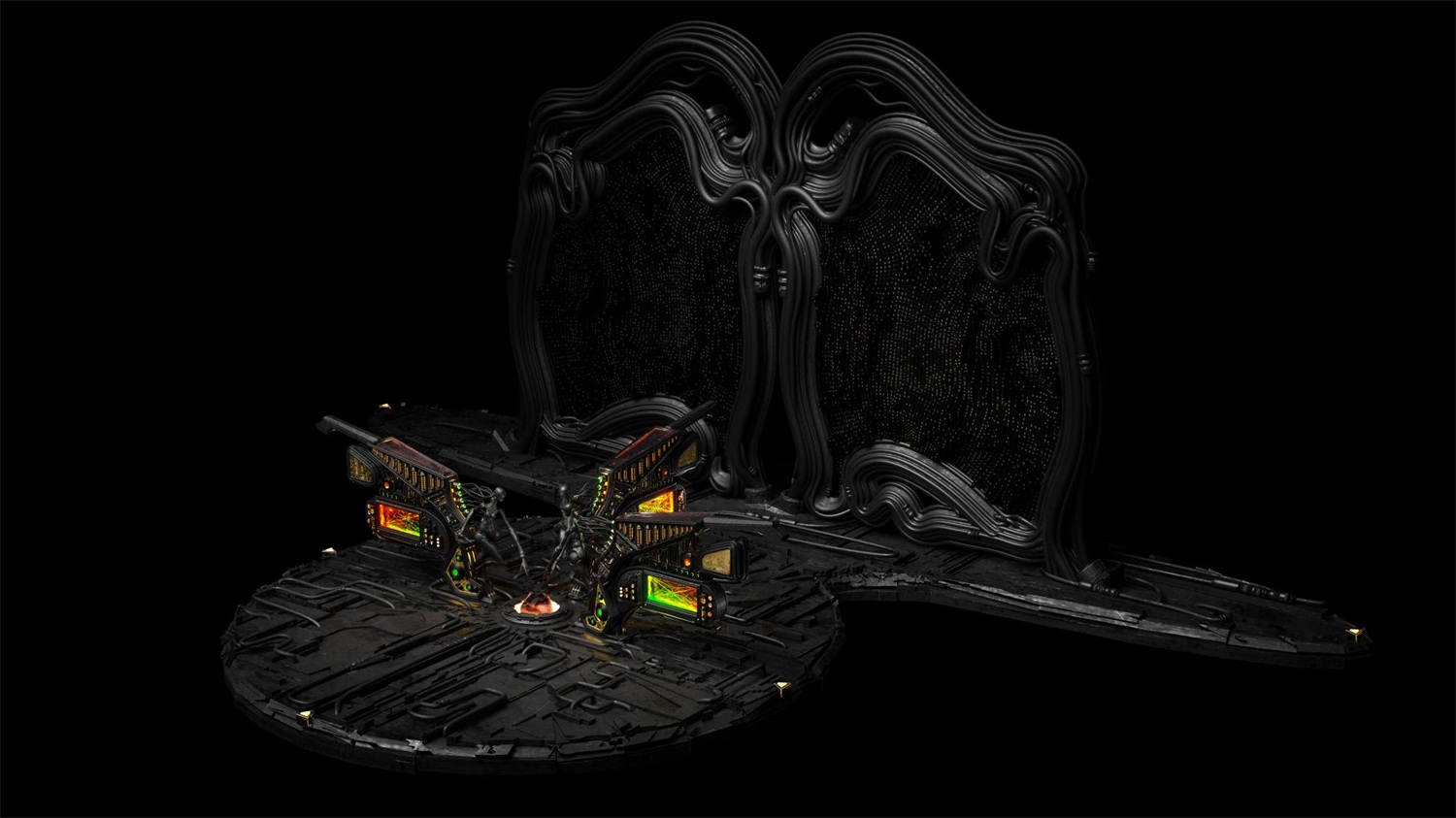
This artwork explores a potential future where humans achieve consciousness transfer through artificial neural networks and quantum computer technology. However, instead of completely detaching from their physical bodies, they exist in a state of synesthesia, simultaneously perceiving the sensations of both their physical and uploaded forms, yet not fully belonging to either. This state represents a new form of existence and poses new challenges. The artwork draws inspiration from the thought experiment "The Brain in a Vat" by American philosopher Hilary Putnam, utilizing the concept of a supercomputer and the brain in a vat, while also introducing innovative and expanded ideas.
The artwork consists of three components: the consciousness vessel, the supercomputer, and the gateway of perception. The gateway of perception serves as the core of the artwork, functioning as both a mirror and a screen. It reflects the emotional state of the consciousness vessel through changes in binary symbols, representing both virtual and real-world objects. The gateway also serves as a channel, facilitating information exchange between the physical body and the uploaded form, enabling them to perceive each other's existence. In this process, the consciousness vessel enters a third state, floating between the two worlds, neither fully belonging to the physical body nor the uploaded form. This state brings forth a new sensation for the consciousness vessel and offers viewers a fresh perspective. The artwork imagines and showcases a future world where the boundaries between the virtual and the real blur through brain-machine interfaces.
To enhance the expressiveness and impact of this state, the artwork incorporates the element of heartbeat. The heartbeat symbolizes the vitality and emotional fluctuations of the consciousness vessel while also serving as a means of visualizing sound. It drives the changes in binary symbols on the gateway of perception, allowing viewers to hear and see the joys and sorrows experienced by the consciousness vessel as it navigates between the virtual and the real. The heartbeat also serves as the only echo of human life within the artwork's space, reminding us of what is truly real and irreplaceable in this world of interconnected virtual and physical existence.
Ban Lingsheng (Dean of the School of Sculpture and Public Art, China Academy of Fine Arts):
The work "Sensory Realm" attempts to present a future picture of consciousness dissociation to the audience through digital means and digital modeling in the context of artificial intelligence technology.
In my opinion, the author reflects critically on the relationship between the real world and experiential cognition through thinking based on cognitive, knowledge, and authenticity issues. While questioning whether everything we have experienced is real and whether the world is just a highly complex illusion, it also presents us with the author's imagination that cognitive consciousness is detached from the subject and others, constructing the communicative realm that the author expects within indescribable boundaries.

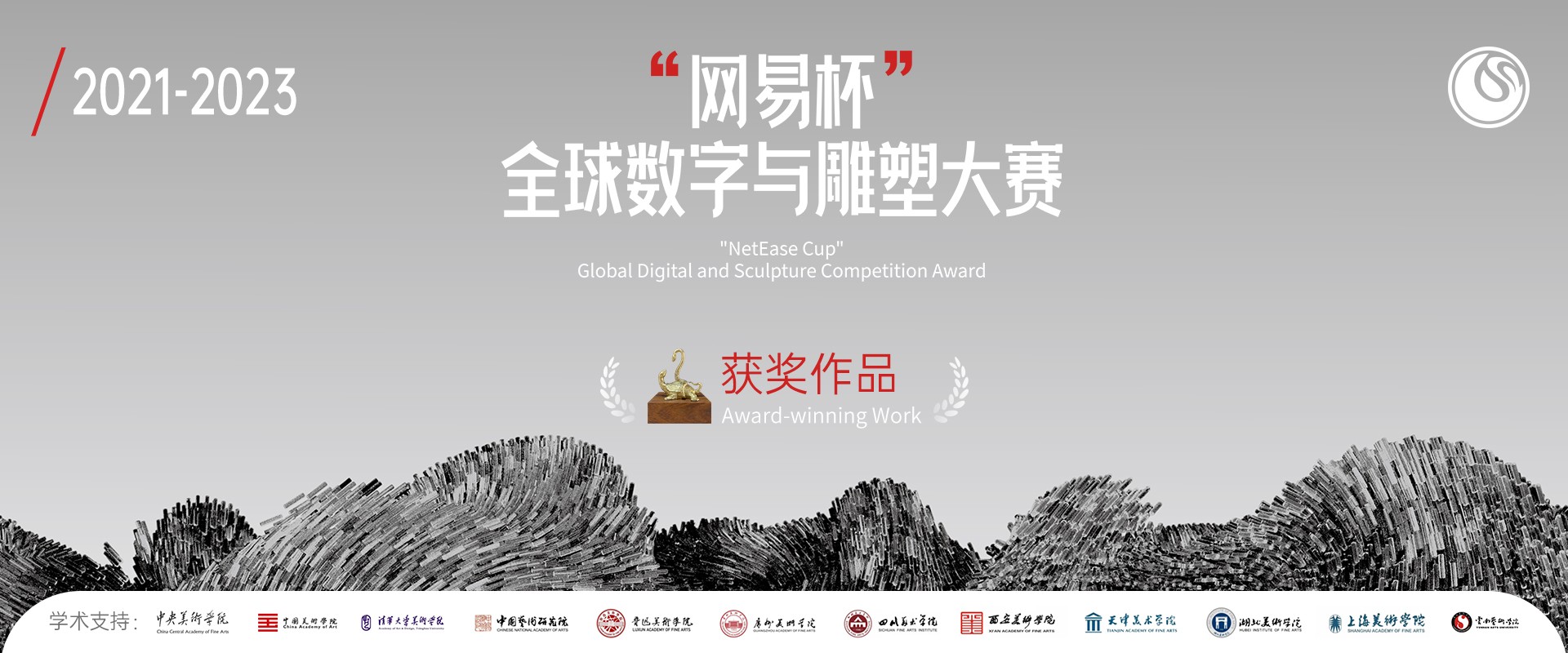
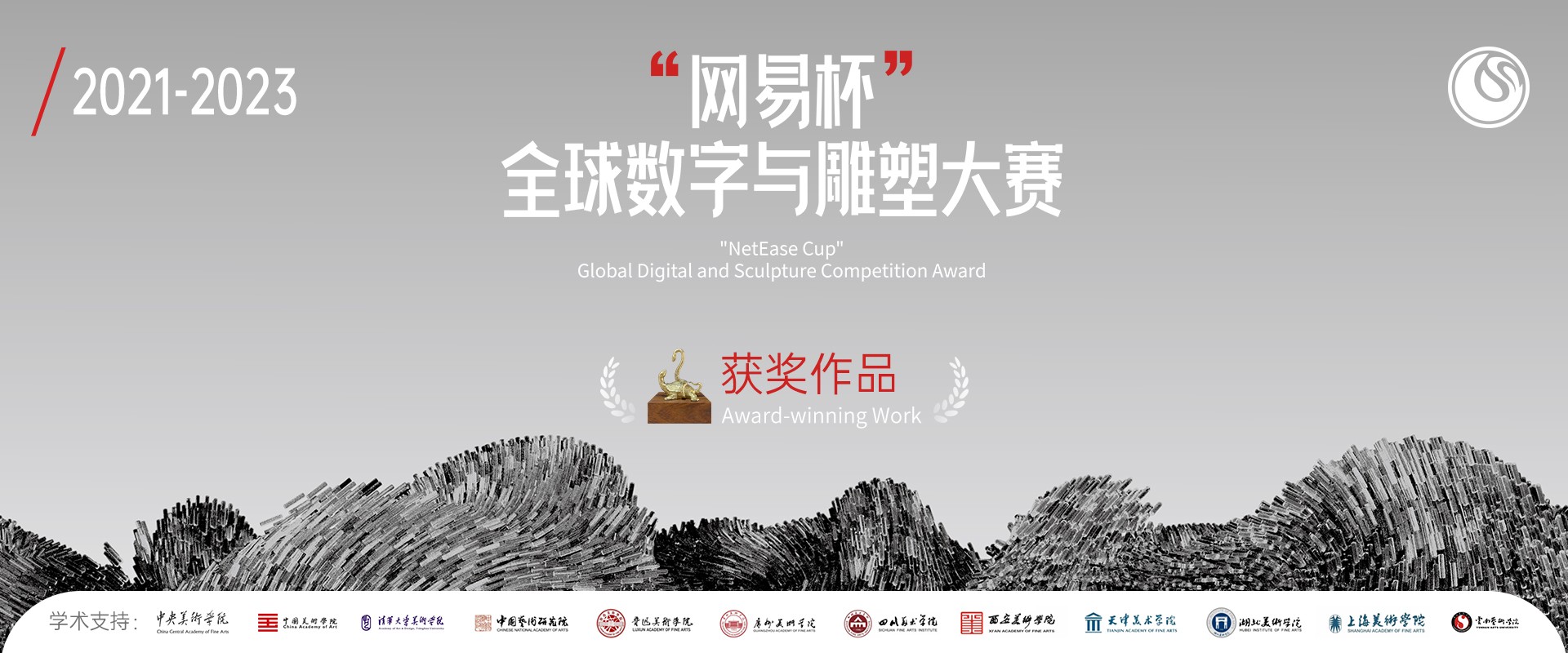
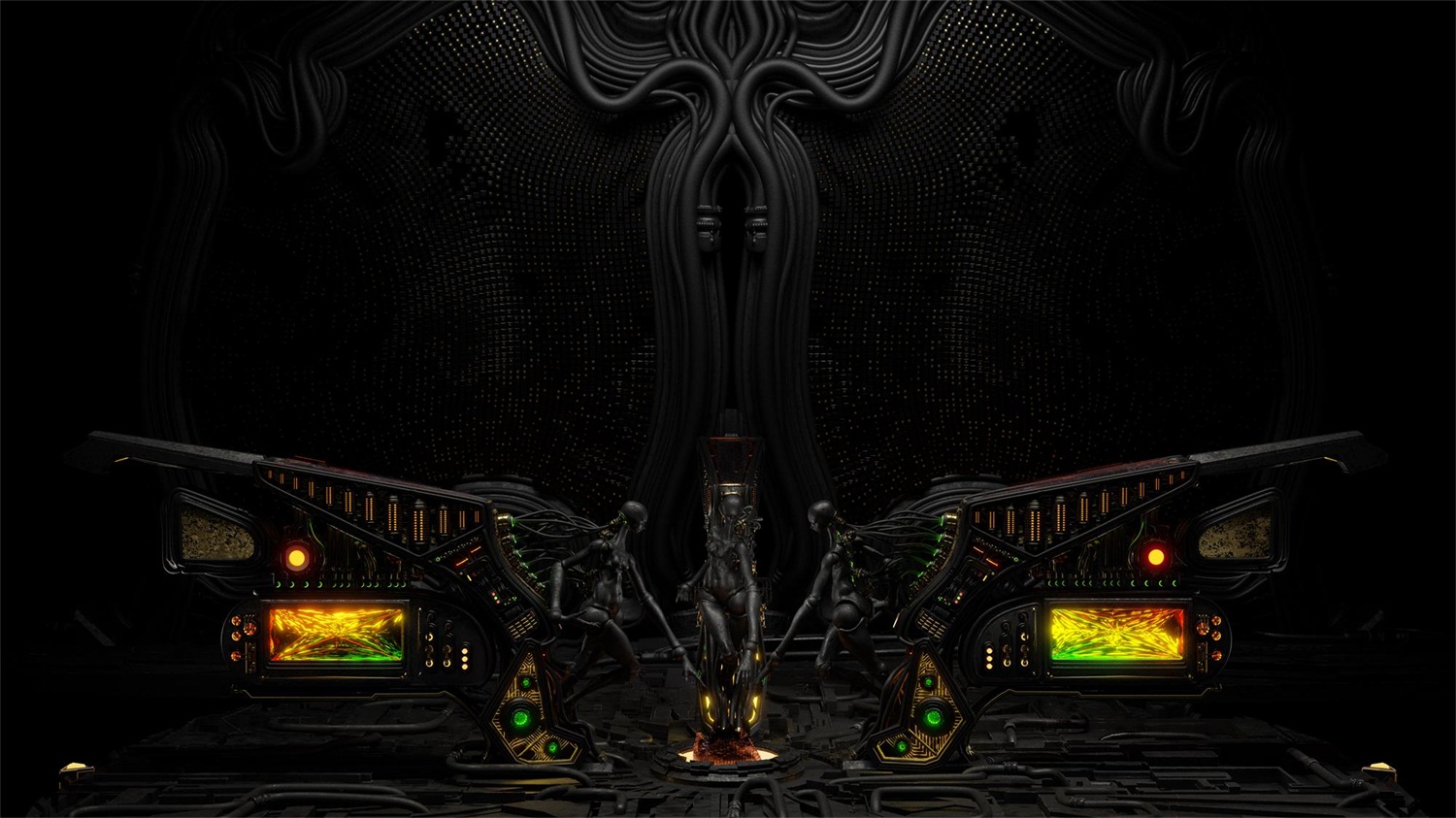
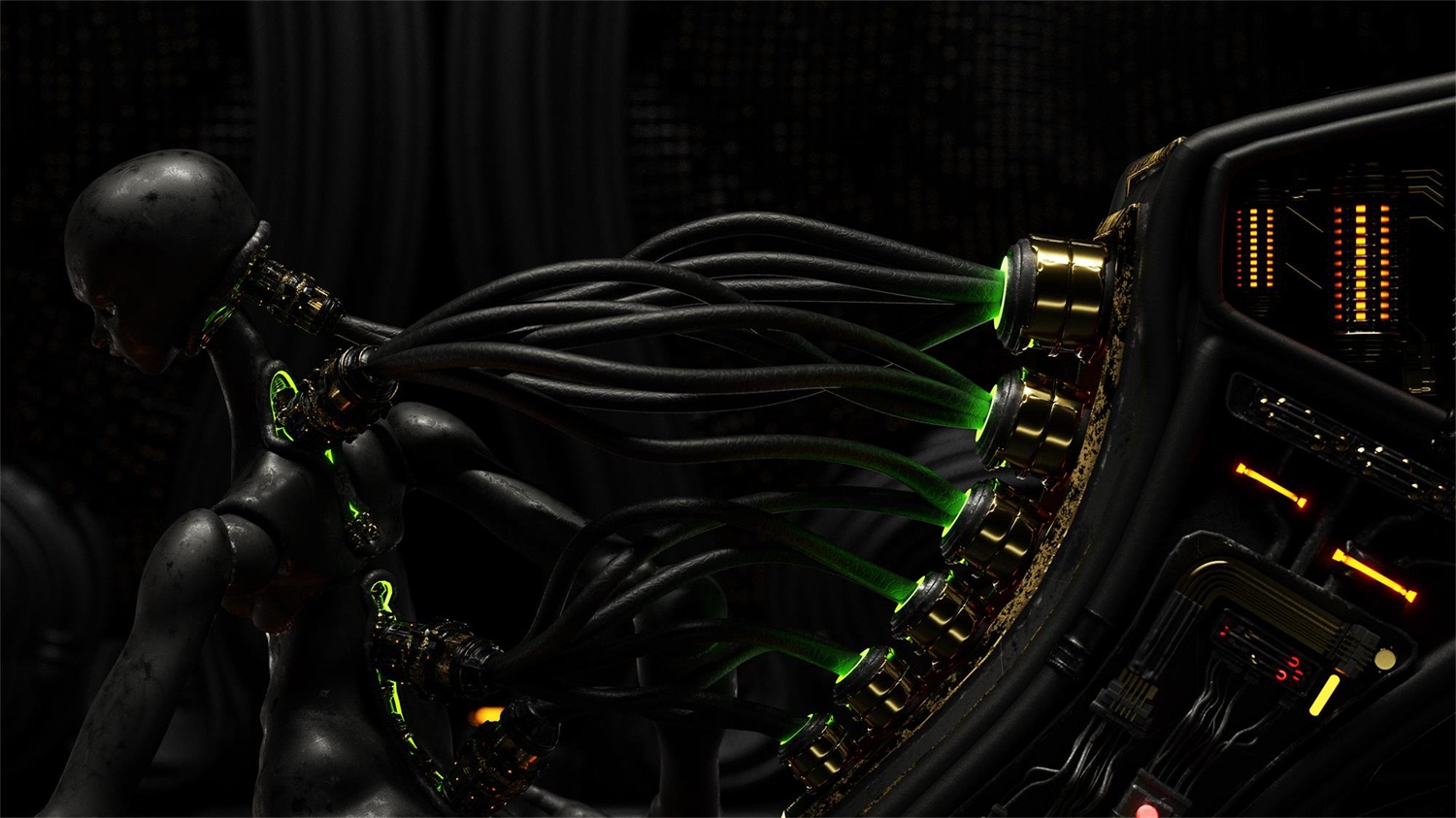
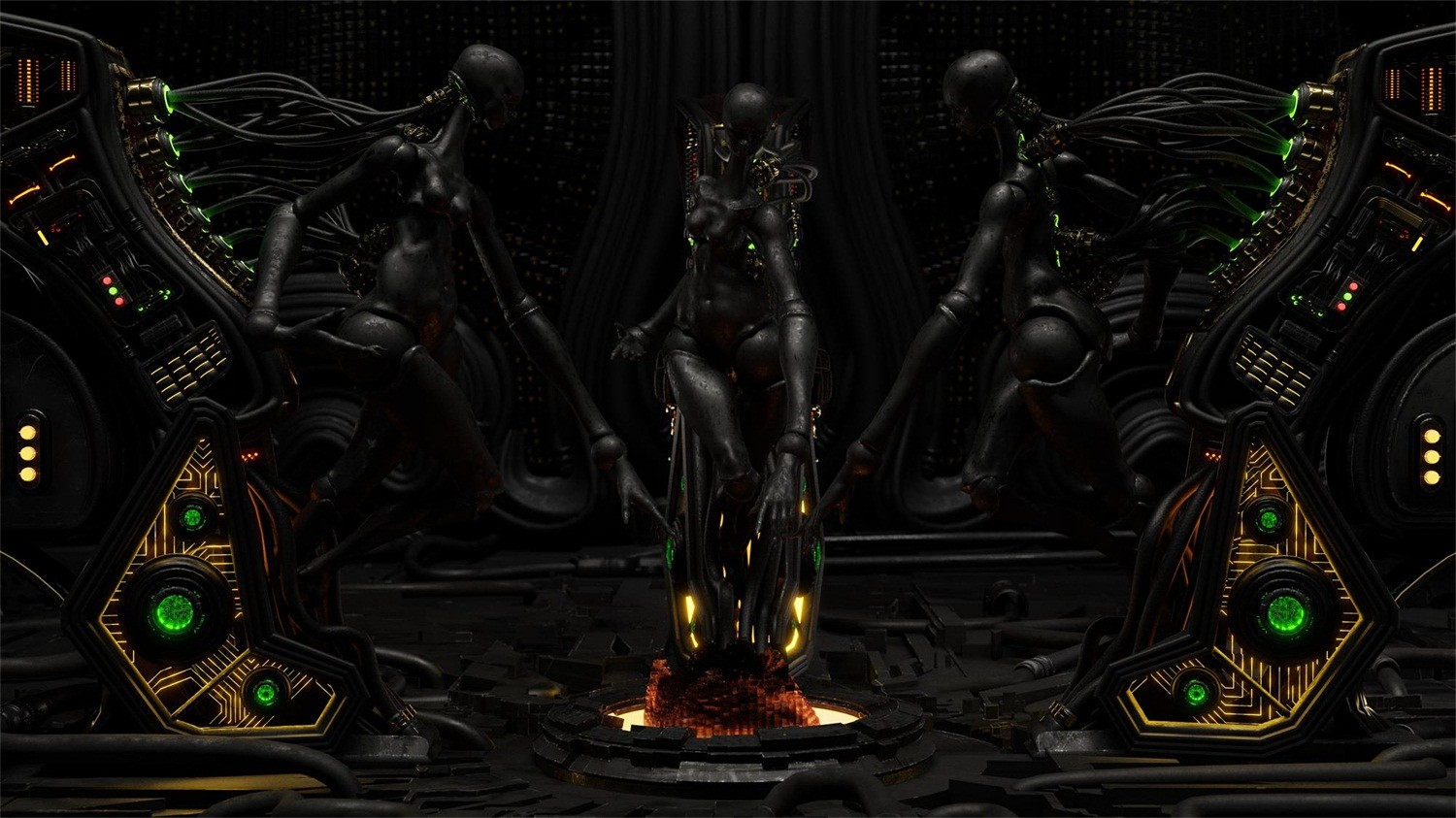

 Official account
Official account
 Microblog number
Microblog number
 Registration QQ
Registration QQ